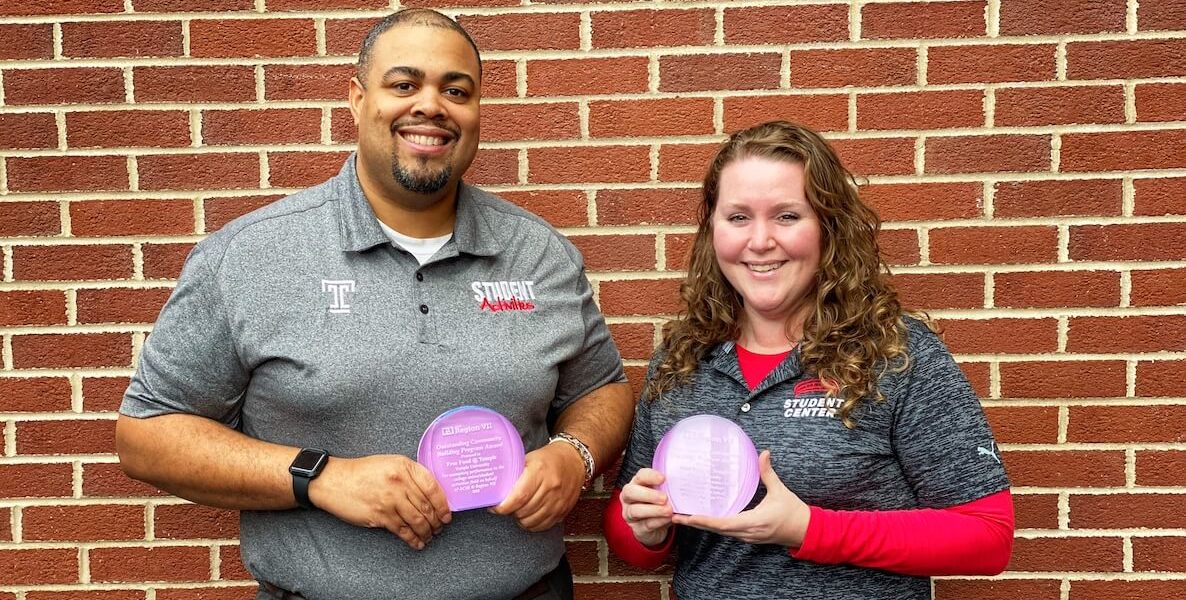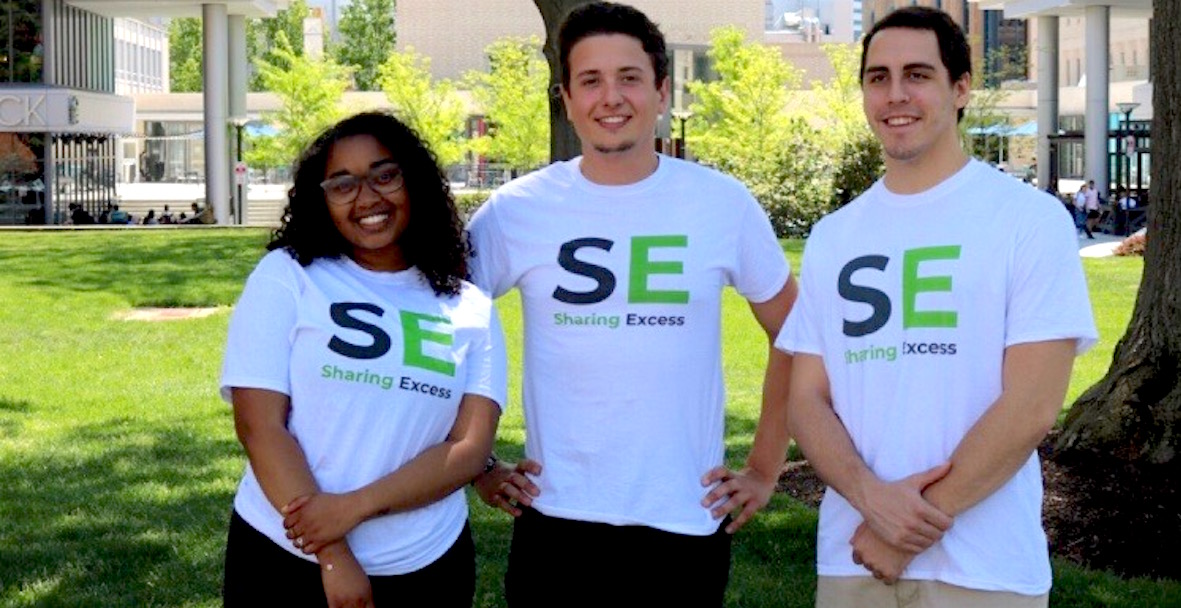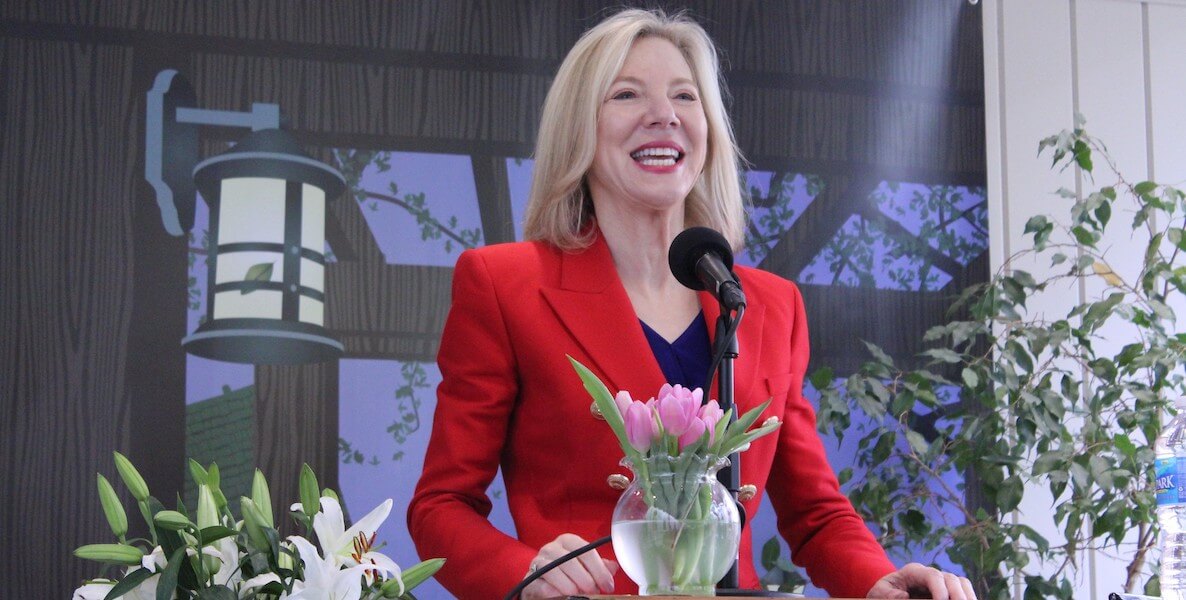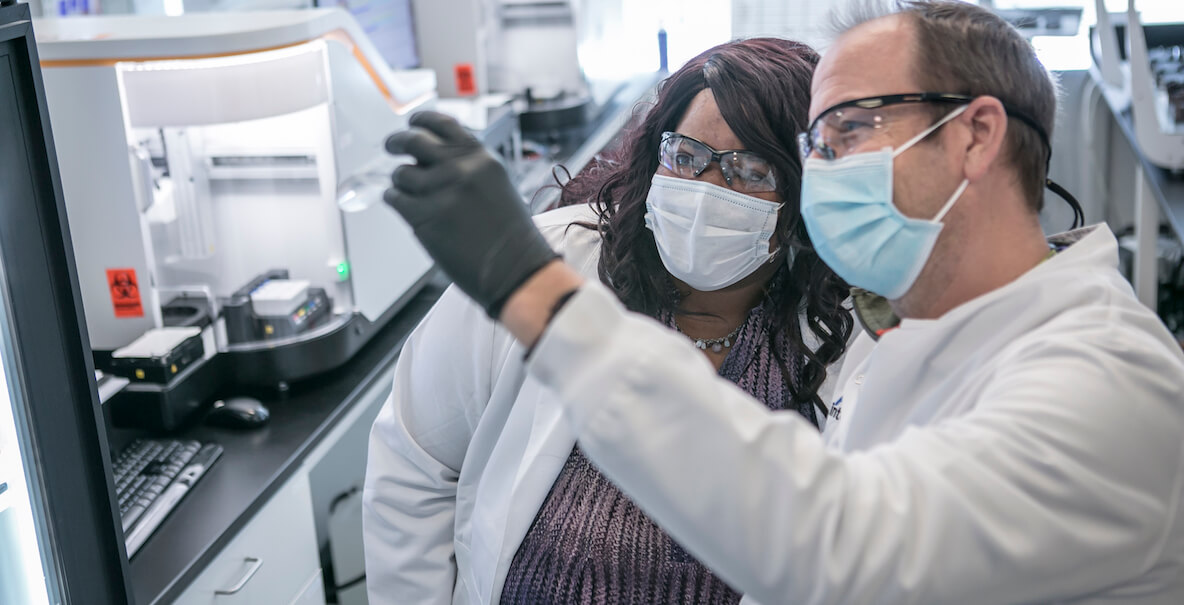![]() Americans collectively owe $1.6 trillion in student debt, a staggering number that has prompted the debate currently raging about how—or whether—the federal government should give them relief.
Americans collectively owe $1.6 trillion in student debt, a staggering number that has prompted the debate currently raging about how—or whether—the federal government should give them relief.
Some argue that debt forgiveness is regressive because some beneficiaries might be able to manage the cost. They go on to say that those funds could be better invested to serve low-income minority students.
Others counter that the student loan crisis hits those same low-income minority borrowers hardest.
Meanwhile, some people who have paid off their debts are concerned about the fairness of debt forgiveness now. And still others are calling for President Biden to immediately eliminate all student debt.
From my years of leading minority-serving universities, I believe the most sensible strategy is a combination of a measured loan forgiveness, and a full-scale effort to ensure current and future college students have access to higher education that doesn’t require taking out onerous loans in the first place.
An immediate $10,000 loan forgiveness will help
During the campaign, President Biden proposed a phase-out provision for $10,000 in loan forgiveness for households making under $125,000. Whether by executive order or Congressional action, this means-testing makes sense, not only for equity reasons but for economic stimulus.
![]() The student loan moratorium was extended to September 30, 2021. If families can be absolved from planning for the resumption of this obligation on October 1, the proposed $10,000 in loan forgiveness would motivate spending that would not otherwise occur. Just as people making over $75,000 should not resent being left out of the proposed $1,400 economic stimulus, I would argue that in these troubled times, those who have already paid off their student loans should not resent a $10,000 reprieve for those who are still struggling.
The student loan moratorium was extended to September 30, 2021. If families can be absolved from planning for the resumption of this obligation on October 1, the proposed $10,000 in loan forgiveness would motivate spending that would not otherwise occur. Just as people making over $75,000 should not resent being left out of the proposed $1,400 economic stimulus, I would argue that in these troubled times, those who have already paid off their student loans should not resent a $10,000 reprieve for those who are still struggling.
We know that across the nation millions of individuals have left college with no degree and plenty of debt. $10,000 in loan forgiveness could motivate a new start—maybe even a return to college—for those students. Those who default on student loans, thereby creating insurmountable barriers to resuming higher education, typically owe less than $10,000.
In the long run, the government could ensure more generous loan forgiveness for graduates who commit to low-paying but much-needed jobs: social work, teaching in the inner city or in rural areas, and other forms of community service.
Currently enrolled students who are stressing over accumulating debt—in the midst of all other Covid-related worries—would be motivated to complete their degrees. Several universities, including the California State University system, have instituted loan-forgiveness programs to prevent indebted students close to the finish line from becoming dropouts.
 When I was president of Governors State University (GSU) in suburban Chicago, we covered debts up to $1,000 for selected high-achieving students nearing graduation. Even though GSU is an underfunded regional university, where every penny counts, loan forgiveness was a high priority. Many universities who believe in putting students first would welcome federal help.
When I was president of Governors State University (GSU) in suburban Chicago, we covered debts up to $1,000 for selected high-achieving students nearing graduation. Even though GSU is an underfunded regional university, where every penny counts, loan forgiveness was a high priority. Many universities who believe in putting students first would welcome federal help.
Although means-testing makes sense, in a Covid world I would not oppose $10,000 loan forgiveness across the board. One-third of federal student loan borrowers, 14.4 million people, would be freed entirely from this burden, with predictably positive results for the economy.
In the long run, the government could ensure more generous loan forgiveness for graduates who commit to low-paying but much-needed jobs: social work, teaching in the inner-city or in rural areas, and other forms of community service.
A lion’s share of the $1.6 trillion in student debt has been incurred by students in medical and law schools. Many oppose loan forgiveness for these students, who will eventually make large salaries.
But a policy of debt-forgiveness for doctors who work in remote areas like the Alaska bush, for example, or in poorly served urban areas in Philadelphia and elsewhere could bring better services to people who need it most, just as reducing the indebtedness of lawyers serving as public defenders might motivate more talented professionals to defend the vulnerable.
Ad hoc programs of loan forgiveness have been implemented over the years, but they have not been sustained or predictable. I’m proposing making these a permanent part of the financial aid infrastructure.
Ways to end student debt before it happens
More important than forgiving debt, though, would be neutralizing the student debt problem before it occurs through changes in federal, state and university policies. Here’s how to do that.
Encourage all students to fill out the FAFSA
When many people hear “financial aid,” they think “loans.” But the FAFSA (Free Application for Federal Student Aid) makes students eligible for federal Pell grants—money that does not have to be paid back. To qualify for the PA State Grant Program (PHEAA), students must fill out the FAFSA.
![]() Some do not bother to complete the form because they think that their income is too high for eligibility. Even if that is so, it’s essential to have the FAFSA on file for a range of other scholarships and benefits. Some do not complete the FAFSA form because it seems complicated. Others are wary of sharing tax information. It’s important to overcome those suspicions. FAFSA can mean protection from years of indebtedness.
Some do not bother to complete the form because they think that their income is too high for eligibility. Even if that is so, it’s essential to have the FAFSA on file for a range of other scholarships and benefits. Some do not complete the FAFSA form because it seems complicated. Others are wary of sharing tax information. It’s important to overcome those suspicions. FAFSA can mean protection from years of indebtedness.
Some states sponsor big events to encourage families to fill out the FAFSA. When I was Chancellor of the University of Alaska Anchorage (UAA), my university participated in College Goal Sunday, when Alaska universities and community colleges sent faculty, staff, and volunteers to Boys and Girls Clubs, shopping centers, churches, synagogues, mosques, tribal conclaves—anywhere where families congregated. Equipped with laptops, we assisted in filling out the FAFSA. Universities and colleges competed for the number of forms submitted. I’m proud to say that UAA won. Let’s use social media, cable TV, and word of mouth to sponsor a College Goal Sunday in Philadelphia.
Illinois requires the completion of the FAFSA for high school graduation. I recommend such legislation for Pennsylvania. Families adamantly opposed to filling out the form can appeal. But requiring this step allows for advice and counseling. DACA (Deferred Action on Childhood Arrival) students are not currently eligible for Pell grants, but the requirement would allow guidance counsellors to assist in identifying other scholarship sources.
Support the initiative for fairness in the FAFSA audit
On the surface it makes sense to audit FAFSA applications. But the Department of Education (DOE) has implemented an unfair and unnecessarily bureaucratic process. In the 2019-20 academic year, the DOE received 18 million FAFSA applications. Twenty-five percent were selected for verification, disproportionately Black and Latino students. The national stats show that between 11 to 25 percent selected for verification drop out.
At GSU, I would wring my hands and get a migraine when the Financial Aid Office told me about the numbers of minority students whose FAFSA applications were being verified. The process could take weeks, potentially causing students to lose places in courses, preventing them from purchasing texts, and causing disheartening stress and anxiety. We did our best to provide upfront assistance to protect students from these challenges. But inevitably a number of students gave up and left.
![]() Does the verification process save federal money? Not really. The majority of audited students see no change in their financial aid package, and only 3 percent lose eligibility. The Department of Education (DOE) has indicated that it is working to substantially reduce the number of audited FAFSA’s. Please encourage the DOE to do so.
Does the verification process save federal money? Not really. The majority of audited students see no change in their financial aid package, and only 3 percent lose eligibility. The Department of Education (DOE) has indicated that it is working to substantially reduce the number of audited FAFSA’s. Please encourage the DOE to do so.
Make college “free”
There’s something about the word “free” that works well in attracting students and families to the possibility of higher education. And several states have in various forms adopted “free college,” what Martha Kanter, former U.S. under secretary of education, calls the College Promise. In essence, these programs combine federal Pell and state grants, with additional “last-dollar-in” funds to cover tuition at community colleges and sometimes also at state universities. (Former State Treasurer Joe Torsella proposed a version of this for Pennsylvania earlier this year, but didn’t have the chance to work with legislators on a bill.)
We hear calls for free college tuition from many members of Congress. There are those on both sides of the aisle who support doubling the maximum Pell grant and that would actually bring about free college in many states. The maximum Pell grant now stands at $6,195 per year. Double that to $12,390 and in Pennsylvania combine it with the maximum annual PHEAA grant ($4140), and low-income Philadelphians would be well on their way to free community college or free regional state university attendance.
Understanding this definition of “free” would depend on state-sponsored marketing and on much improved family and student counseling at colleges and universities.
Improve financial aid counseling
Whether Congress agrees to a short or long-term loan forgiveness plan or not, it’s clear that families deserve much better help in understanding the financial aid landscape. This task cannot and should not be left solely to overworked high school guidance counsellors. Here are some suggestions:
- Philadelphia area colleges and universities should work with the School District of Philadelphia to provide free financial aid workshops for high school guidance counsellors.
- In cooperation with the School District of Philadelphia, universities and colleges should develop programs in financial planning for college attendance. Involve the families. Start in middle school. Heck, start in kindergarten. Years ago, the Ad Council sponsored a program of media spots called, “Know How to Go.” Consult and update that material. Communicate to low-income children and their families that finances and fear of debt must not be barriers to higher education. Distribute T-shirts saying “100% college bound.”
- Universities and colleges must require their own financial aid staff to go beyond bureaucracy and numbers to provide guidance to current and prospective students. Whenever I’m asked for advice on selecting a college or university, I always recommend making an appointment with the Financial Aid Office and assessing the quality of their advice.
- Private, not-for-profit colleges and universities should radically rethink partnerships with the Community College of Philadelphia (CCP) and suburban community colleges. Rather than regard free community college tuition as a threat, they should work out seamless pathways for CCP transfer students. Especially if the Pell grant is doubled, the amount would provide substantially more than is needed for full-time community college tuition. These institutions could work with the DOE to develop creative programs of “banking” unused funds during the first two community college years to assist with the more expensive junior/senior year costs at their institutions. It would be a remarkable opportunity for low-income students to study for their last two years at one of the exceptional private liberal arts colleges or universities in the Philadelphia area. A plan like this would make that choice possible. It would also have financial benefits for struggling private colleges.
To a large extent, the student debt crisis has become as bad as it is because of the complexities of student aid, the inadequate funding levels for community colleges and public universities, and the lack of national and state commitment to broad-based opportunity for higher education.
Let’s keep in mind the mission statement of The College Promise:
We are a national, non-partisan, non-profit initiative that builds broad public support for funding the first two or more years of postsecondary education for hard-working students, and ensuring those students have access to quality educational opportunities and supports.
Let us do whatever it takes to address these goals in metro-Philadelphia. Then and only then will we be developing the educated citizenry essential to democracy.
The Citizen is one of 20 news organizations producing Broke in Philly, a collaborative reporting project on solutions to poverty and the city’s push towards economic justice. Follow the project on Twitter @BrokeInPhilly.
Elaine Maimon, PhD, has served for 24 years as chief executive officer at three public universities. She is the author of Leading Academic Change: Vision, Strategy, Transformation.












